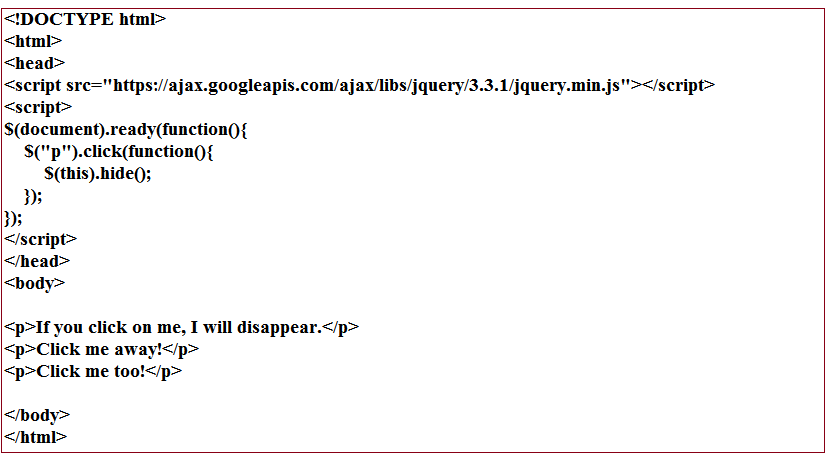TEB Computer Kids Academy
XML
XML Tutorial
- XML Tutorial
-
XML stands for eXtensible Markup Language.
XML was designed to store and transport data.
-
Why XML?
XML plays an important role in many different IT systems.
XML is often used for distributing data over the Internet.
It is important (for all types of software developers!)
to have a good understanding of XML.
What You Will Learn
This tutorial will give you a solid understanding of XML:
What is XML?
How does XML work?
How can I use XML?
What can I use XML for?
Use of XML
What is XML? - Application
What is XML? - Application
XML can be used in many ways.
What you can do with XML -/ advantages and disadvantages of XML,
Basically, XML can be used to describe, store, and exchange data.
The main advantages of XML are its widespread adoption and low learning effort.
In addition, XML can be easily interpreted by humans and machines.
The only disadvantage of XML is the data overhead compared to a binary format.
This means that a structure stored in XML format
has more storage space needed as absolutely necessary.
Accordingly, it can also be processed a bit slower.
XML is often used
to import and export application data.
For example, a customer database can be well represented in XML format.
By nested tags, you can use multiple attributes to a customer.
A field for the phone number can additionally store in a parameter,
if the number is a mobile or home number.
A way of data storage via XML
to the customer management you see in the picture
XML / rules / XML declaration
Rules
XML declaration and processing instructions
The document type declaration
Rules for Tags, Attributes, Assignments, and Comments
Well-formedness, validity and completeness of an XML file
Tree structure and nodes of an XML file
XML namespaces
Characters, character encodings and uninterpreted sections
Rules for editing XML and filename conventions
An XML document essentially consists of elements and attributes
XML Examples
Try Result


